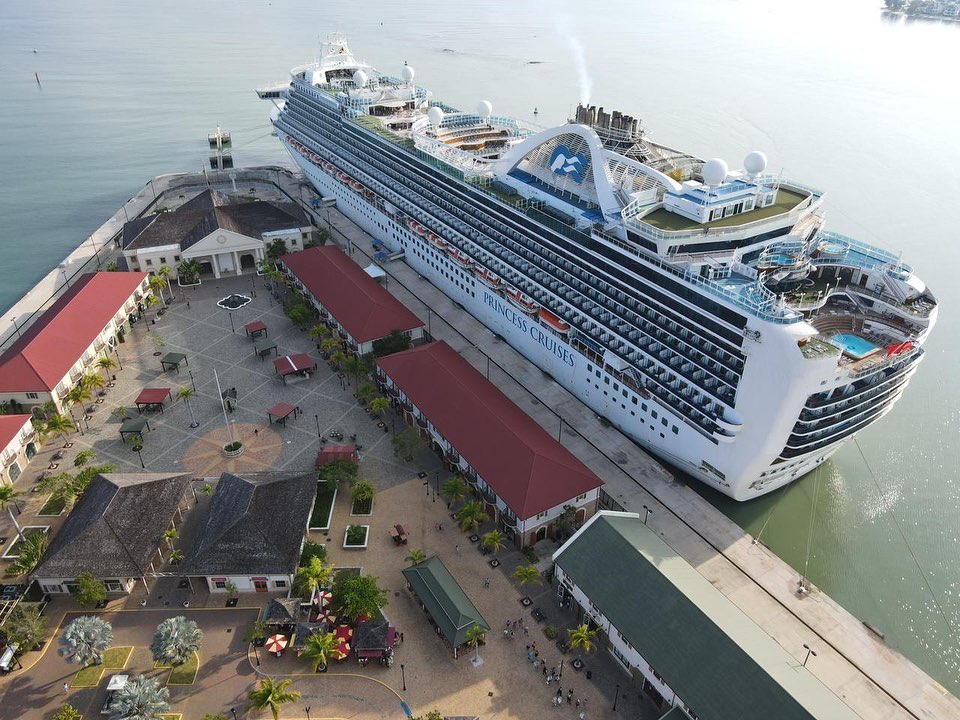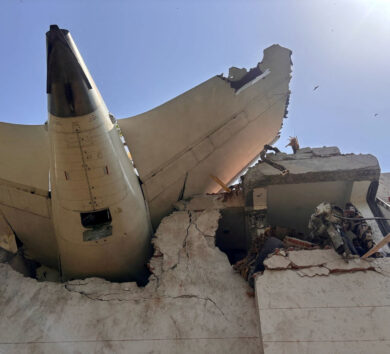

Durrant Pate/Contributor
Indicative of its strong economic recovery from the COVID-19 pandemic, Jamaica’s economic growth is estimated to have exceeded pre-pandemic levels for the 2022/2023 fiscal year.
The Planning Institute of Jamaica (PIOJ) released the latest preliminary data for the January to March 2023 quarter on May 30, along with the full fiscal year, showing the strong recovery being exhibited by the Jamaican economy. Speaking at its quarterly news briefing, PIOJ Director-General, Dr. Wayne Henry said the 2.7 per cent growth for the 2022/2023 fiscal year suggests full economic recovery.
For the first quarter in 2019, a year before the pandemic, the Jamaican economy grew by 1.7 per cent. Growth for the January to March quarter of 2.7 per cent was driven by increased demand for local goods and services.
The ‘Services’ industry, which led the growth is up 3.8 per cent but the ‘Goods Producing’ industry went down 0.7 per cent. Henry explained that the positive performance during the quarter took place against the background of a quarterly inflation rate of 0.0 per cent, fiscal surplus of $7.2 billion and a real depreciation of the exchange rate.
Services sector performance
The growth in the services sector was led by ‘Hotels and Restaurants’, which increased by an estimated 30.8 per cent based on data available for January and February, relative to the similar months of 2022. Total stop-over arrivals increased by 55.5 per cent to 457,996 visitors.
Cruise passenger arrivals was 300,237 from 110 ship calls relative to 49,870 passengers from 41 ship calls in the corresponding period of 2022. Total visitor expenditure increased to US$761.6 million relative to US$276.0 million in the corresponding period.

Real value added for ‘Transport, Storage and Communication’ grew by 4.3 per cent due to an estimated increase in both the ‘Transport and Storage’ component and the ‘Communication’ component. Growth in the air transport component, largely reflecting increased passenger movements up 46.5 per cent, due to arrivals (up 46.4 per cent) and departures (up 46.1 per cent).
Henry stated, “this reflected the continued strengthening of the ‘Travel and Tourism’ sectors. Growth in the maritime transport subcomponent reflecting cargo volume was up 8.0 per cent due to increases in cargo handled at both the Port of Kingston (up 3.5 per cent) and Outports (up 66.1 per cent).”
The ‘Electricity and Water Industry’ recorded growth of 0.7 per cent in real value added, reflecting an increase in electricity consumption which outweighed a decline in water consumption. Electricity consumption increased by 1.2 per cent reflecting increased consumption for three of six categories.

Water consumption contracted by 1.3 per cent, due to lower consumption in both the Western division, down 1.5 per cent and the Eastern division down. Real value added for the ‘Finance and Insurance Services’ industry was estimated to have grown by 1.0 per cent. This performance was influenced by an increase in net interest and fees and commission income at deposit-taking institutions.
Goods producing sector

Real value added for the ‘Agriculture Industry’ contracted by 7.6 per cent, based on PIOJ’s production index, reflecting the impact of adverse weather conditions, particularly drought. Other agricultural crops were estimated to have declined by 9. 6 per cent, reflecting reductions in all nine crop groups.
The most significant decreases were recorded for potatoes, down 23.3 per cent; Legumes, down 16.0 per cent and cereals, down 14.4 per cent. Traditional export crops fell by an estimated 1.4 per cent reflecting lower output for bananas down 3. 9 per cent and cocoa, down 30. 3 per cent.
Animal farming was estimated to have grown by 2.8 per cent reflecting the combined effect of increased production of poultry meat (up 1.9 per cent) and eggs (up 7. 4 per cent). Higher output was recorded for post-harvest activities, due to increased coffee production.
Real value added for ‘Mining & Quarrying’ grew by 95.9 per cent, due to increased output of alumina which outweighed a contraction in crude bauxite production. Total bauxite production grew by 32.3 per cent.
Alumina production is up by 197.1 per cent, due to the resumption of production at the JAMALCO alumina plant, which closed during the corresponding quarter of 2022 and the alumina capacity utilisation rate increased by 22.4 percentage points to 33.7 per cent compared with the corresponding quarter of 2022. There was a downturn in crude bauxite production by 33.2 per cent while the average bauxite capacity utilisation rate fell by 16.2 percentage points to 32.4 per cent.
Real value added for the manufacturing industry was estimated to have grown by 0.7 per cent, due to estimated growth in the ‘Food, Beverages and Tobacco’ sub-industry, which outweighed an estimated contraction in the ‘Other Manufacturing’ sub-industry. In the ‘Food, Beverages & Tobacco’ category, higher output was recorded for food processing component with poultry meat, up 1.9 per cent; dairy products, up 39.9 per cent; condensed milk, up 287.9 per cent; cornmeal, up 6.7 per cent, rum and alcohol, up 11.8 per cent, edible oils, up 41.6 per cent and edible fats, up 42.3 per cent.

Other manufacturing such as output of petroleum products contracted due to ‘Fuel Oil’, down 19.1 per cent. This outweighed increases recorded for liquid petroleum gas (LPG), up 246.0 per cent; gasolene, up 8.1 per cent, and automotive diesel oil, up 7.9 per cent while on-metallic minerals – cement, down 19.9 per cent and clinker, down 45.4 per cent.
Real value added for Construction contracted by 4.0 per cent, reflecting downturns in both the ‘Other Construction and Building Construction’ components. The performance of the ‘Building Construction’ component was constrained by a 32.6 per cent contraction in housing starts by the National Housing Trust (NHT), a 10.4 per cent contraction in housing completions by the NHT and a 9.1 per cent contraction in the real sales of construction inputs.
‘Wholesale of Construction Materials, Hardware & Plumbing’ went down 9.8 per cent. The performance of the ‘Other Construction’ component was due to the combined lower capital expenditure on civil engineering activities reflecting National Works Agency, down 67.2 per cent to $2.2 billion and the Jamaica Public Service Company, up 36.9 per cent to $1.2 billion.







Comments